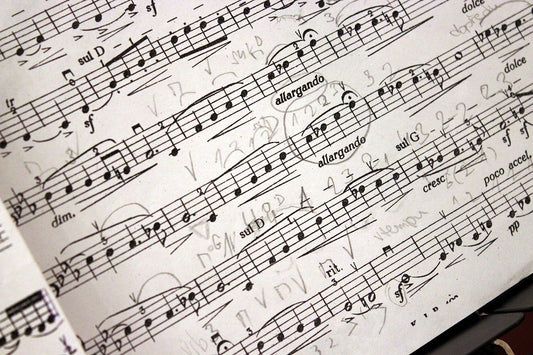Accelerometers
by Paul McGowan
I mentioned in yesterday's post motional feedback for woofers, sometimes known as servo systems. The idea behind them is simple, their execution not so much.
Woofers have a great deal of mass and are a bit unruly. They do not follow their amplifier's commands as well as a lighter mass driver might. We know their failings on an intellectual level. We haven't any means of monitoring on a real time basis the actual performance in a subwoofer cabinet without some sort of feedback mechanism.
If you were to think about the problem of building such a system your first thought might be to use a simple microphone to measure the woofer's output, compare that to its input, and make corrections based on those measurements. Then it'd occur to you a microphone in a music room is probably a bad idea. For one thing it'd likely pickup the output of the main speakers when the subwoofer wasn't working. That'd be bad.
What you really want is a means of actually measuring the motion of the woofer itself; much the same way a car's cruise control works. In this system the measurement device is the speedometer and the servo controls the accelerator. Should the speedometer vary from its set point, the servo applies more or less gas. You can actually see the gas pedal moving moving back and forth in most cars. In a woofer system we can do much the same thing. The speedometer is the measuring device, the gas pedal is the power amp; applying more or less power to the woofer.
The measurement device used on woofer servo systems is typically a device called an accelerometer. You likely have one in your pocket. Modern cell phones are equipped with accelerometers to measure motion, direction of the cell phone for landscape or portrait modes, game controls etc.
Tomorrow let's take a closer look at accelerometers, how they operate and what we do with them.
- Choosing a selection results in a full page refresh.
- Opens in a new window.








